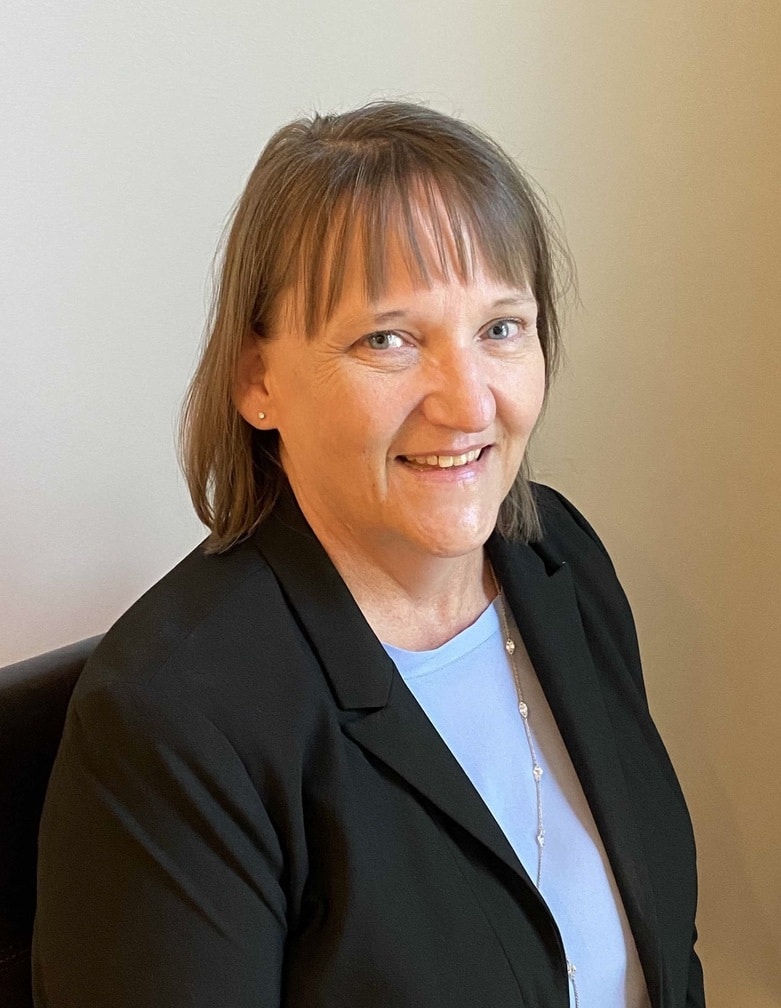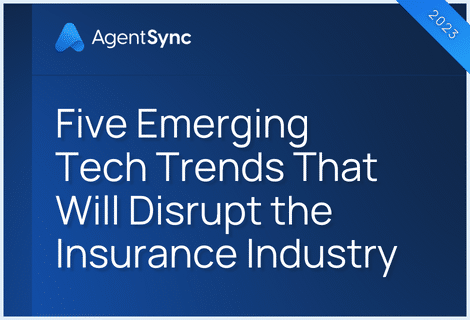

Mergers and acquisitions, fintech and insurtech, high-growth MGAs … The language of the insurance landscape is clear that even as staid and traditional insurers strive to maintain their industry dominance, some of the most aggressive gains are those of emerging businesses.
In many other industries, this wouldn’t be much of a point of general concern; innovation and entrepreneurism are critical to the American ethos. Yet, the highly regulated nature of insurance is something that should give new businesses pause.
The AgentSync origin story is basically one long cautionary tale about the cost of working without a “Sandy,” or a person who has decades of experience in various branches of the insurance industry. So it should be no surprise that priority No. 1 in the AgentSync development was getting someone on board who could validate progress, translate insurance-ese, and alert the founders to insurance blindspots.
AgentSync’s first employee, Sandy Allen, has more than three decades of experience across the insurance industry, and has been central to helping our team understand just how much we don’t know. It’s a big job, and Sandy’s great at it, so our writer Regina Stephenson asked her to sit down and educate us on some of the dangers for other insurtechs or insurance start-ups who are flying blind.
R: Sandy, the insurance industry is both broad and deep. If there’s anything we’ve learned, it’s that having extensive knowledge of one area – for instance, annuities, or licensing – doesn’t necessarily mean you can translate that to other areas, like health insurance or carrier appointments. What are some examples of things that can trip people up?
S: You can think “OK, I know how to do licensing,” or “OK, I understand how to do appointments,” but there’s always an exception! You have to know these nitty-gritty little rules of each state. That’s the biggest thing that people have trouble keeping track of. You can try to build one model to follow, but if you try to apply the same system to licensing and appointing in every single state, you’ll still end up failing somewhere along the line.
R: Can you give us some examples?
S: Well, in most states, property and casualty LOAs are usually for business or corporate insurance, and personal lines of insurance cover things like homeowners insurance and policies that protect an individual’s things.
However, multiple states include personal lines as part of their property and/or casualty LOAs, but the license won’t reflect that because even in the states that consider these LOAs combined, the rules vary!
Some states include personal lines as part of a combined LOA of “property & casualty,” some states include personal lines as part of a property license or a casualty license. And some will recognize a producer as holding a personal lines license only if they also hold both a LOA for property and an LOA for casualty.

For another example, not every state requires carriers to appoint. Some appointments are considered “perpetual,” meaning they never expire, while other appointments have to be renewed annually.
The states that don’t require carrier appointments – Arkansas, Arizona, Colorado, Illinois, Indiana, Maryland, Missouri, Rhode Island, and Oregon – are what we call “registry states.” It’s a term we coined internally because the carriers still have to track their appointed agents and keep an internal “registry” to produce for state regulators either annually or on request in all those states.
But even that isn’t that simple, because, for instance, Colorado does track appointments for the casualty LOA. But only for producers working in bail bonds. So, the carrier has to track all appointments but has to inform the state whenever they appoint people writing bail bonds, but only those appointments. Maryland does the same thing with motor club representatives.
R: Did you just give us an example that was an exception within an exception?
S: Truly, I haven’t found one thing that there isn’t some exception to.
That was one of the things that I was excited about when I joined AgentSync. In most organizations that are doing licensing correctly, they are getting it done because they have someone who has been doing the same job for 30 years who will take all this knowledge about these ticky-tacky details to their graves. Alternatively, you could get software that has all these rules baked in and that can do it for you without you having to worry about it.
R: To borrow a Silicone Valley phrase, new businesses like to “move fast and break things,” but what are some of the compliance issues that make this approach risky in the insurance space?
S: What I hear about most often is agencies and MGAs that don’t understand their compliance responsibilities to validate that a producer is properly licensed and appointed. As evidenced in the NAIC MGA Agreement and NAIC Licensing guidelines, an agency and an MGA have the same responsibility to validate the licenses and appointments of the agents who are contracted to write business on their behalf. Not knowing your responsibilities can be very dangerous.
When an agency or MGA has no concept of their responsibility to make sure an agent or producer is operating in compliance, they’re just asking for trouble. They’re contracting the producer under them, giving them authority to act on their behalf. Regulators will follow the money – they’ll say “you financially benefited from this and allowed them to write this business on your behalf.”
R: Surely intention matters, though?
S: Particularly in an industry as regulated as insurance, you won’t necessarily get excused just because you didn’t mean to do something. I think of the Zenefits story – they didn’t set out to break the law, but they ended up paying millions of dollars in fines because they didn’t hire anyone who thoroughly understood the responsibilities.
R. So, when regulators take notice in a case like that, where someone doesn’t realize their obligations, what does that look like?
S: Typically, the regulators’ attention is drawn to a carrier, agency, agent, etc., due to a customer complaint. That complaint could be completely unwarranted, but when the state asks for details during an investigation, it can uncover all sorts of gaps in compliance.
That was one thing that led to the Compliance Scorecard in the AgentSync Manage product – having an accurate, real-time gauge of your organization’s compliance can help you fill gaps long before they cause a regulatory problem.
R: Obviously AgentSync in many ways is designed to fill in for a “Sandy” in an organization. Why don’t more insurance businesses just go hire a Sandy?
S: Sometimes they do! They’ll hire a Sandy who can work a spreadsheet and set up their licensing at first. But smaller agencies often can’t afford a Sandy. If Sandy moves on, a younger Sandy coming on board may have a slightly different knowledge base, and will be trying to figure out whatever system the other Sandy had going.
But having a Sandy who holds all the knowledge isn’t really a great solution, either. Insurance isn’t an industry people are exactly breaking down the door to get into, and most Sandys will end up working with carriers for decades – there just aren’t that many Sandys to go around. If you’re relying on a single person to know all this information, you’re going to end up hoping Sandy doesn’t die before she explains her spreadsheet.
R: So, Sandys like you don’t just want to hoard your vast knowledge in perpetuity?
S: No. All the “Sandys” are going to want to retire, eventually. My goal in life is to not take my knowledge to the grave. Instead, with AgentSync, I can leave the industry with a “Sandy” in place for all to benefit from.
In all seriousness, though, I’ve encountered many different businesses in the insurance distribution pipeline that put themselves in questionable situations because they didn’t have people with enough industry experience. That’s a risk because a lot of the regulations in the insurance industry are not intuitive. People need to understand, it doesn’t always make immediate sense why the rules are the way they are, but ignorance of the law won’t excuse you from the consequences.

